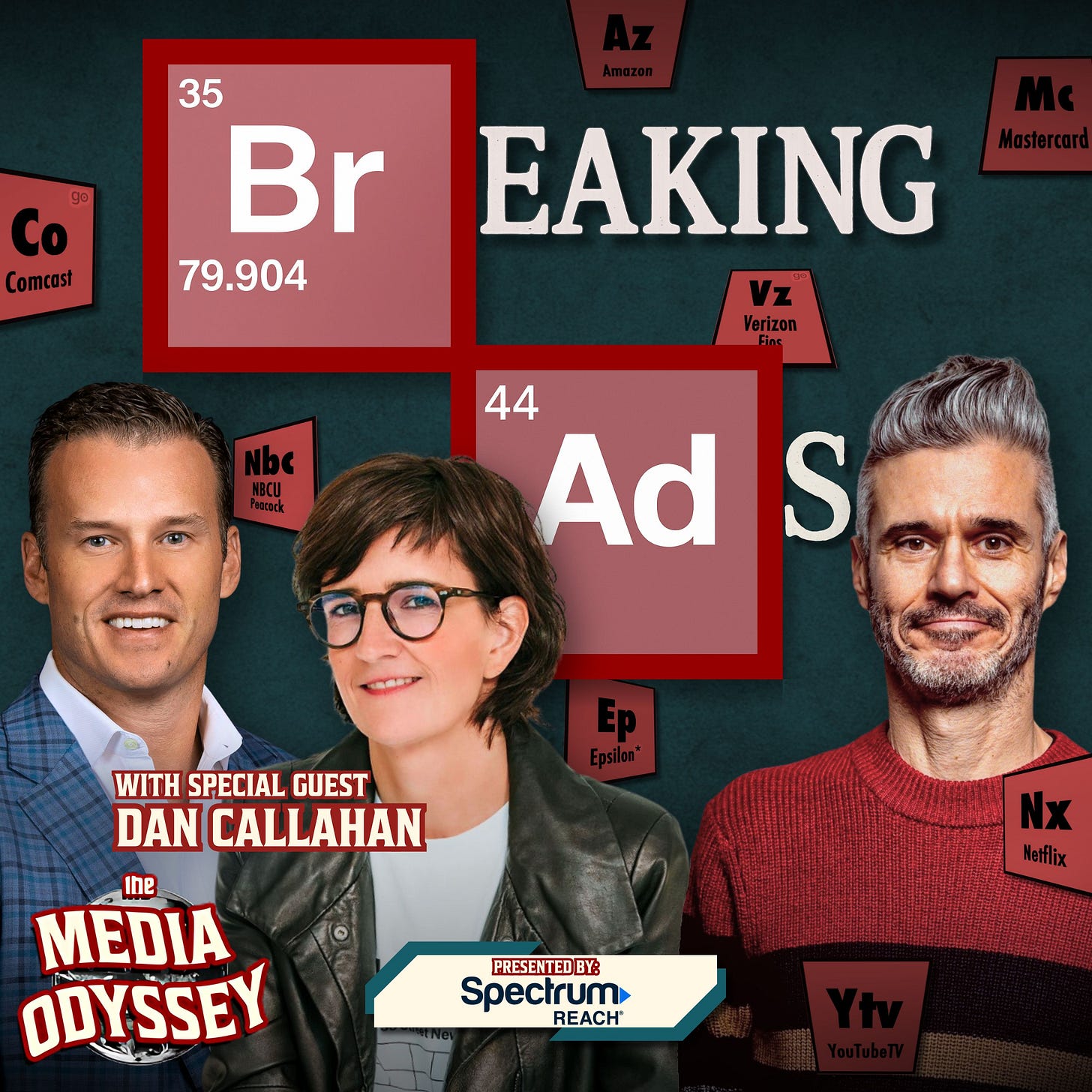Happy Thursday Peaceniks. Ready to advertise?
John Wanamaker is generally given credit for this quote about wasting half his ad spend. For marketers, his concept is so relatable, we all still quote it during every Upfront season - even though he said it in 1919.
Given the advancements in ad tech over the last 106 years, why is the ad community still doing this to ourselves? In my studied opinion, the fog hanging over our ad efficacy, today, has one main cause: the Fear of Finding Out.
We know that the big tech walled gardens who capture the vast majority of ad dollars right now grade their own homework. We also know that a sizable portion of the half-trillion-plus in Programmatic advertising is wasted on fraud.
Programmatic ad buying is an effective method of automation. But speed does not equal accuracy. And Programmatic is a tool, not a strategy.
In recent years, the ad community has invested billions in data for targeting and measurement. But in their need for speed, marketers are now buying data from vendors who lack any standards for the quality of that data. A clean room can’t clean up the hot mess that is a bad cache of hashed emails. When you put garbage in, the results give you garbage back. That’s why just 20% of CTV advertising reaches its intended targets.
In Media, Content may be King, but in a sea of unlimited Content on infinite platforms, Content has been commoditized.
So, in this fragmented universe, Data is now the bloodline of effective advertising. But not all data is created equal.
As much as Programmatic has become a catch-all band-aid, First Party Data has become a catchy buzzphrase covering up a lack of transparency for where the data actually comes from. Email and IP addresses are both considered reliable First Party Data by many in the marketing community. But think about how many old emails you have from past gigs, or emails you use only to sign up for free shit on the internet. Consider huge apartment buildings in big cities, like where I live, with 100+ homes, with hundreds of IP addresses swirling into one, big, hot mess. 1P Data collected without a vetting process for what or who the first party is, is like swimming in an un-gated community pool - you can’t really know what’s in it. (Let that imagery marinate.)
That is why I urge marketers to focus on Zero Party Data.
Zero Party Data is household-level information, created by the users themselves, as part of an actual relationship with a platform or provider, with whom they have an actual, ongoing transactional relationship. Zero Party Data are home addresses, phone numbers, ISP end-points, credit card and banking information - things consumers must provide to receive services they need, like Pay TV, Broadband, Telephone, Retail Memberships and the like.
Where is Zero Party Data available?
This is my brand new infographic - the Addressable Table of Elements - which lays out the Addressable Advertising ecosystem, with specific attention to the spectrum of data available from various ad platforms, and from most deterministic to least.
I posted the table and the research behind it here last week. Today on The Media Odyssey podcast, as my co-host says, we’re going full Breaking Bad. Or more accurately, Breaking Ads…
Our special guest is Dan Callahan, GVP of National Ad Sales at Spectrum Reach; and together we discuss why not all ads, nor data, are created equal. We break down the difference between probabilistic 1P data and deterministic Zero Party Data, and why it should be at the heart of every campaign you buy.
If you want to make all your ad dollars matter and avoid wasting money on spots that don’t get seen by humans, this is the pod for you.
LISTEN and/or WATCH:
APPLE PODCASTS | SPOTIFY | YOUTUBE
If we all shake that Fear of Finding Out, educate ourselves, and hold the industry to the highest level of data standards, there is a defin-ish chance that we can finally put Wanamaker’s quote to rest.
Enjoy the pod and the weekend!
ESHAP










